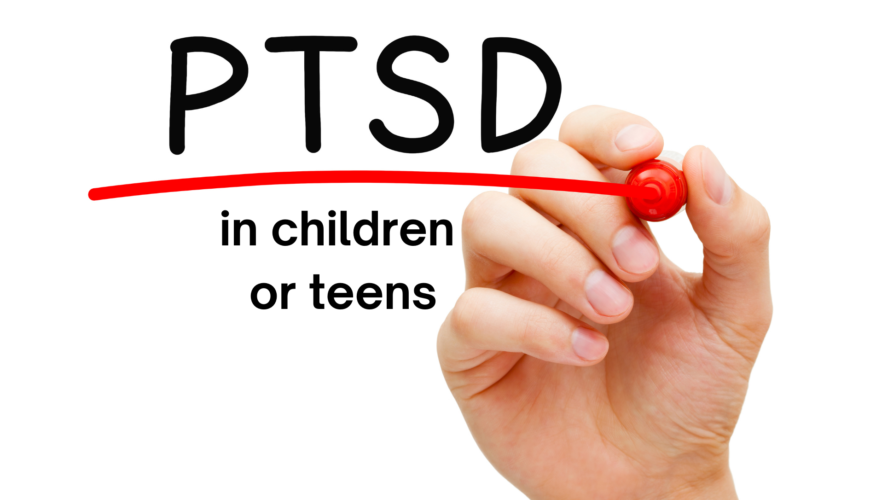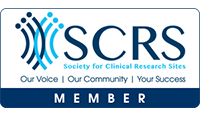PTSD is typically most common in young to middle adults. However, PTSD can be developed at any age, including in children and teens. Post-traumatic stress disorder (PTSD) is a mental health condition that’s triggered by a terrifying event — either experiencing it or witnessing it. Children normally move on from a traumatic or stressful event quickly, although this can depend on the individual and the circumstances of the event. If they show symptoms for over a month, they may have post-traumatic stress disorder.
What do the symptoms look like? The symptoms of PTSD in children and teens may include:
- Sleeplessness and nightmares
- Lacking positive emotions and thoughts
- Getting upset when they are reminded of the trauma
- Reliving the traumatic event over and over while playing or in thought
- Angry outbursts and irritability
- Constant sadness or intense ongoing fear
- Hopelessness and acting helpless or withdrawn
- Getting startled easily
- Denial about the traumatic event ever happening
- Avoiding people or places associated with the traumatic event
What are signs to look out for? Friends, family, or even teachers, alarmed by the child’s behavior. Also, depression, anxiety, fear, or anger, towards themselves or other people. Lack of sleep or appetite for three or more days in a row. They feel or act out of control, or experience hallucinations. All these signs could mean that you should contact a doctor, or medical professional.
How can we support a child who experiences PTSD? To educate and learn about PTSD in children or teens is a great first step towards understanding what they might be going through during this challenging time. It may help to be patient with them as the timeframe for this disorder varies from person to person. When the child is ready to talk or express their feelings in their own way, it might be helpful for them if you provide encouragement and acknowledge their strength. Some things you may want to avoid during this time is harsh criticism or punishing regressive behavior. Lastly, keep in touch with your child’s teachers or caregivers.
PTSD in children or teens can be treated and it will be important to address it as early as signs are noticed. When it is detected sooner and intervention is made, it can hopefully reduce the severity of some symptoms.
If you or a loved one are living with PTSD, consider a clinical research trial with Preferred Research partners. To learn more, visit our page here to see if you qualify.



